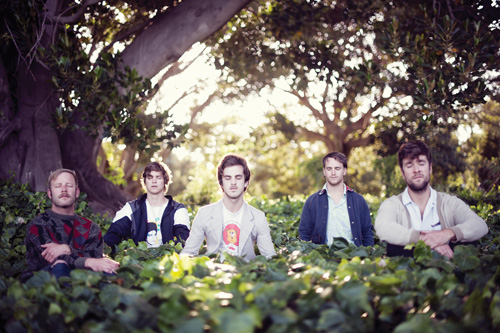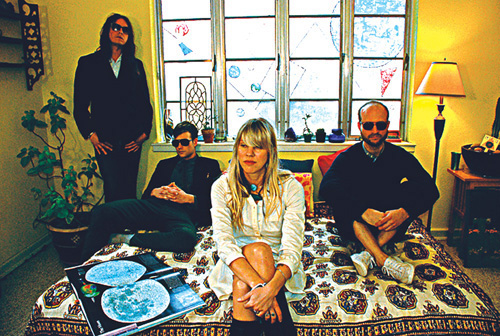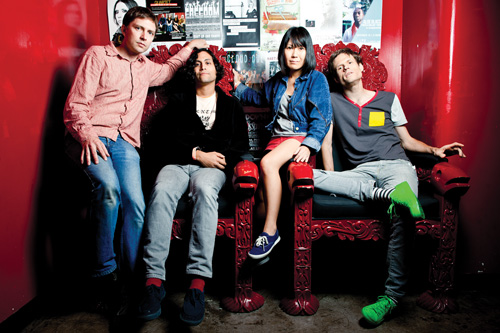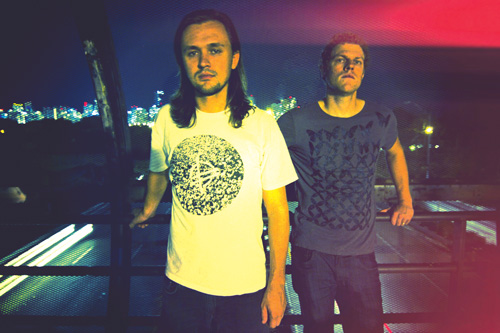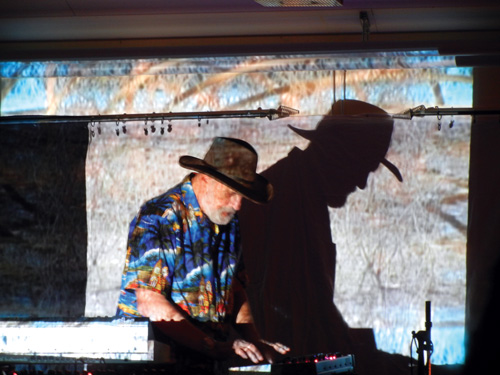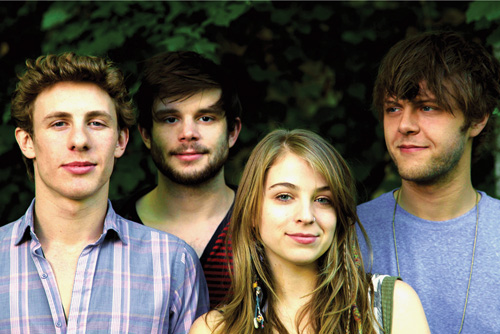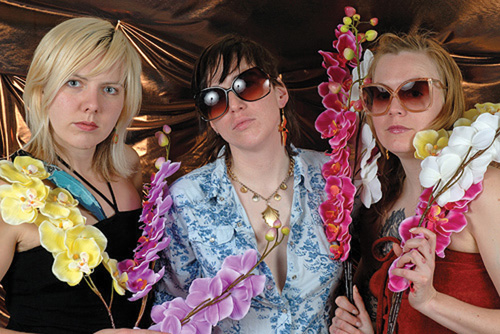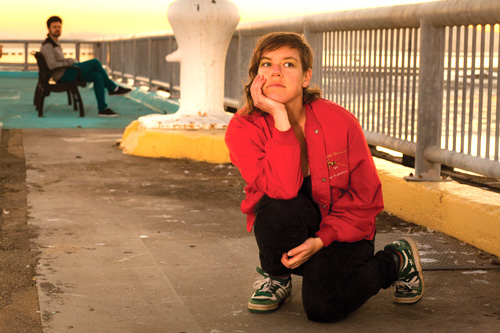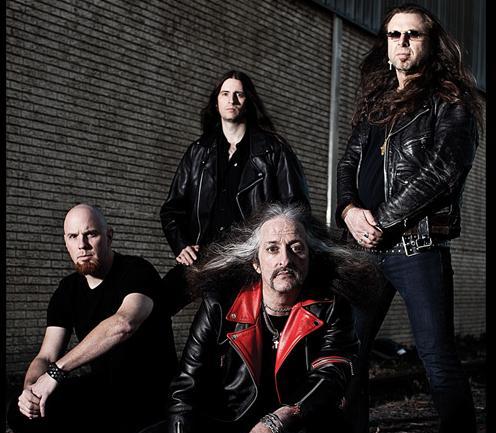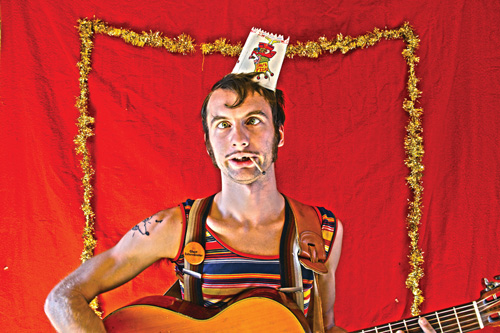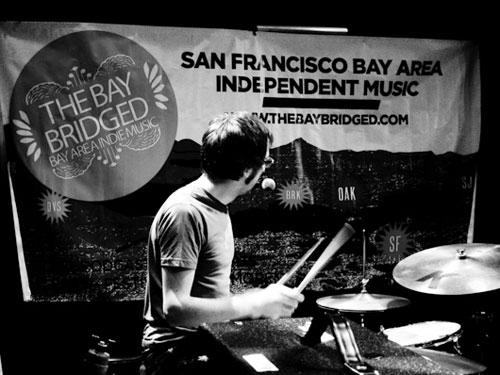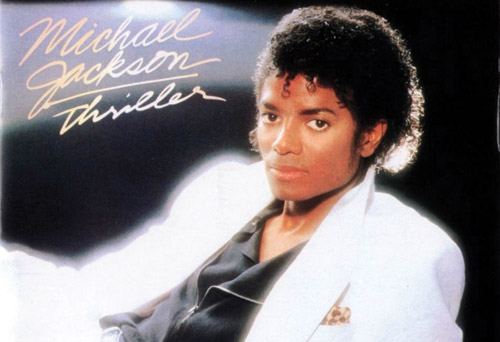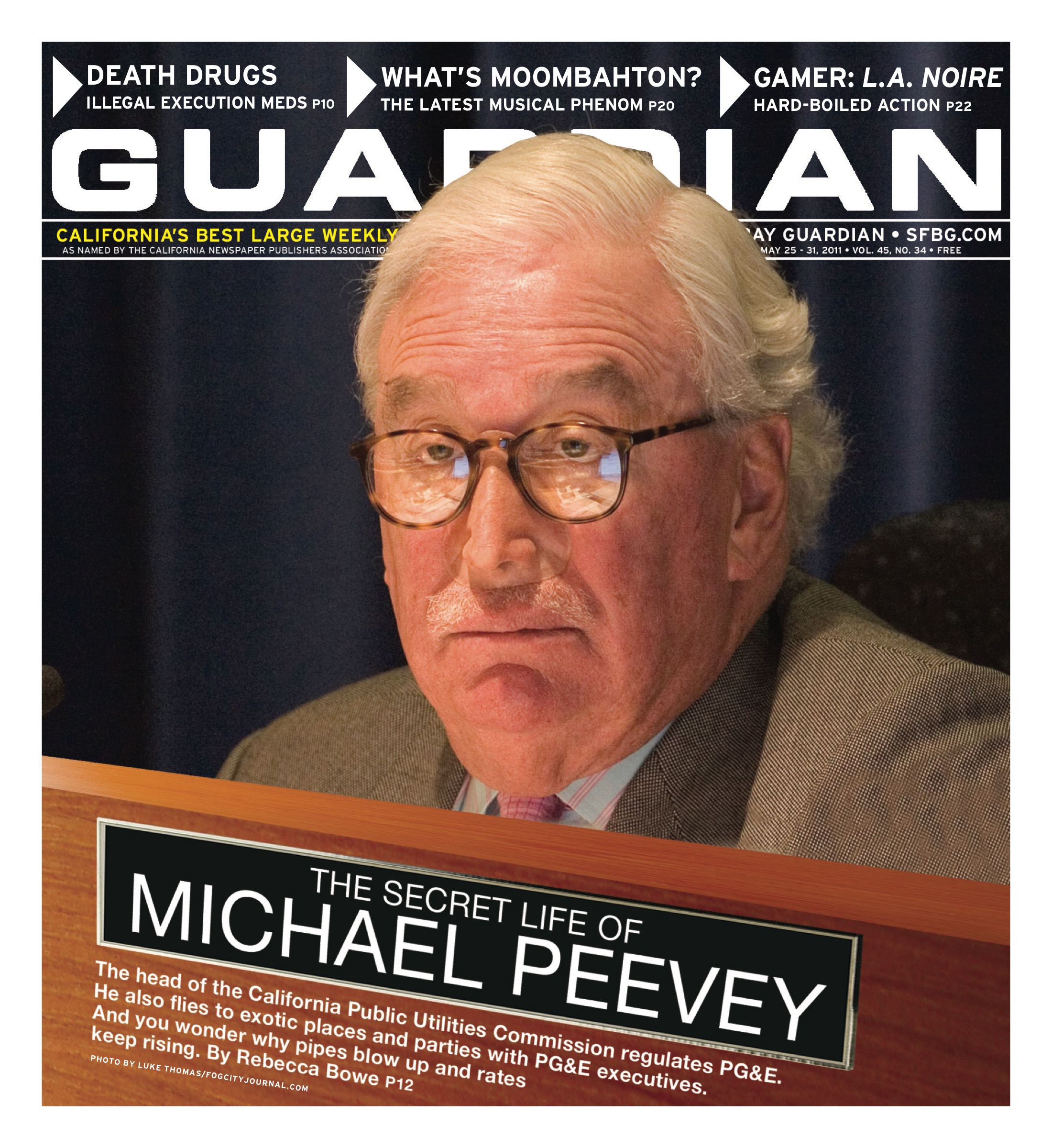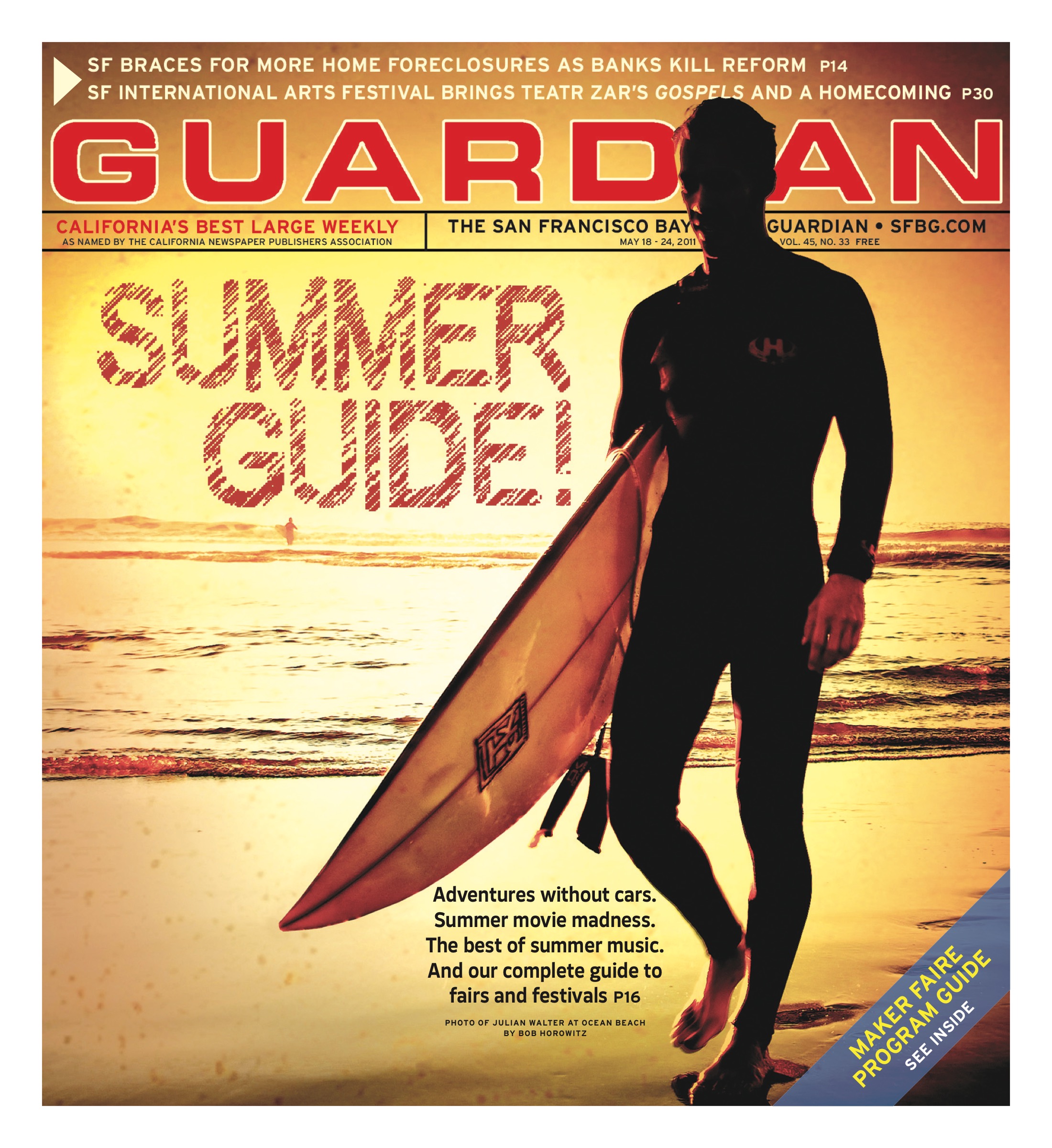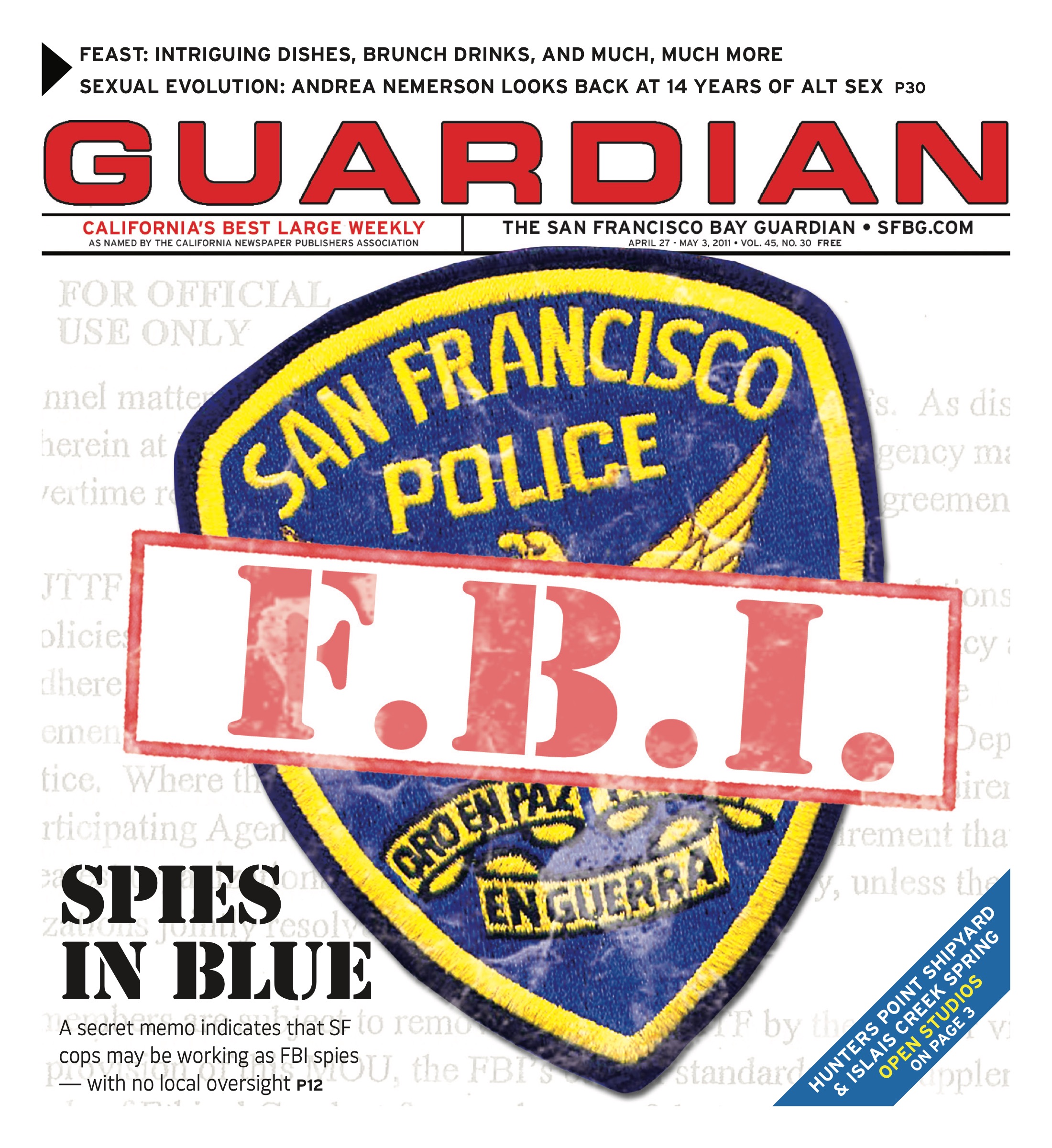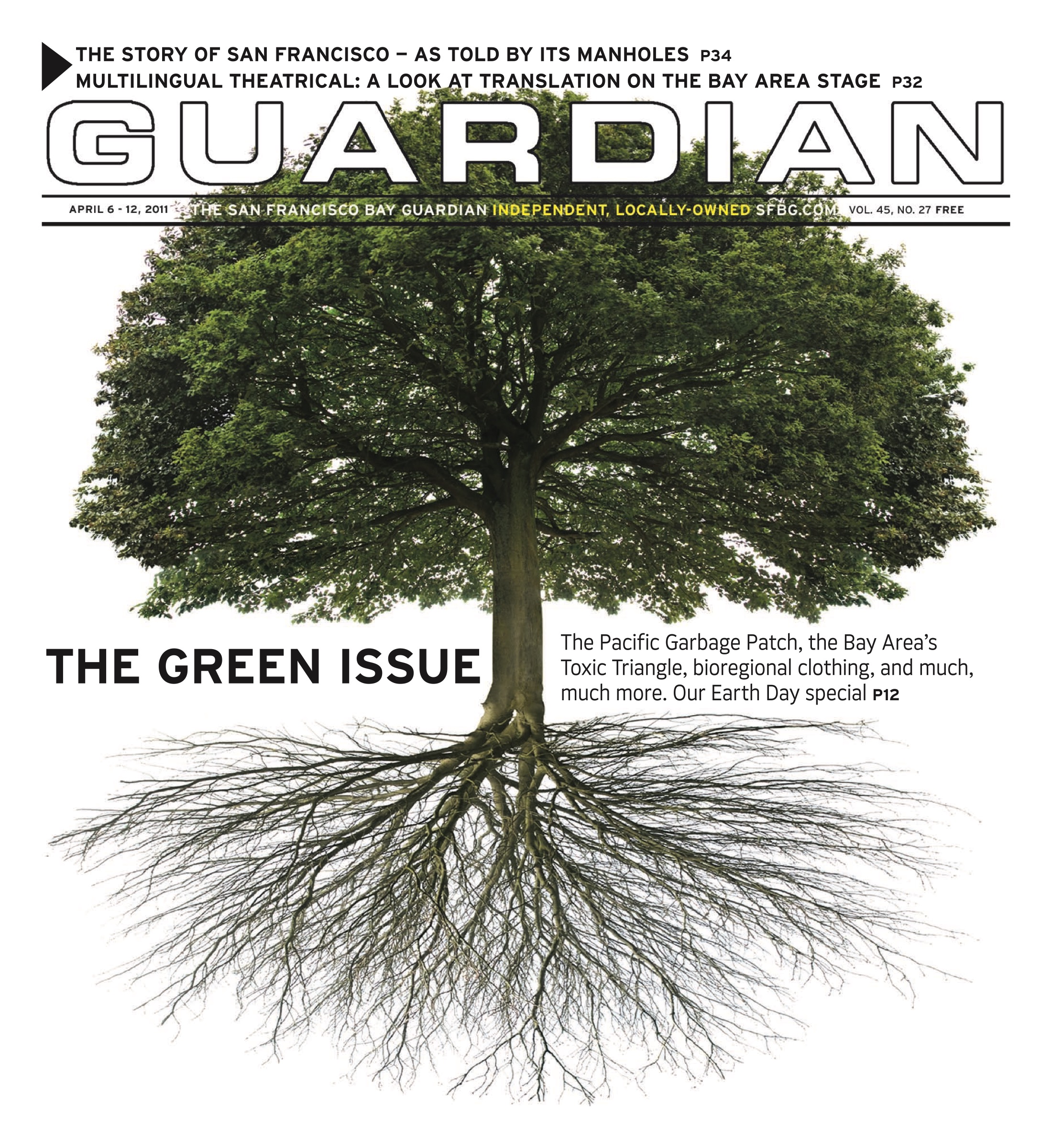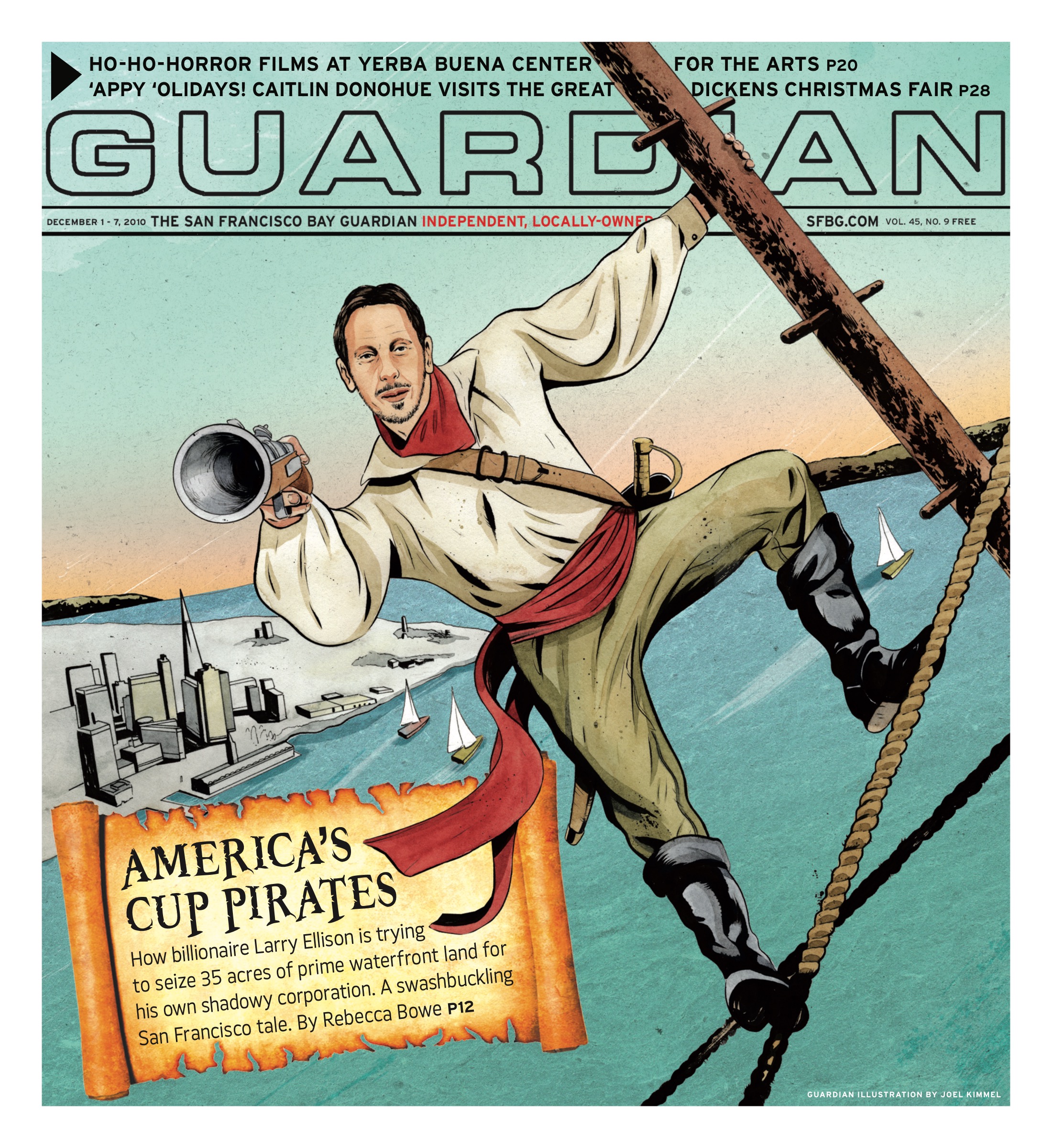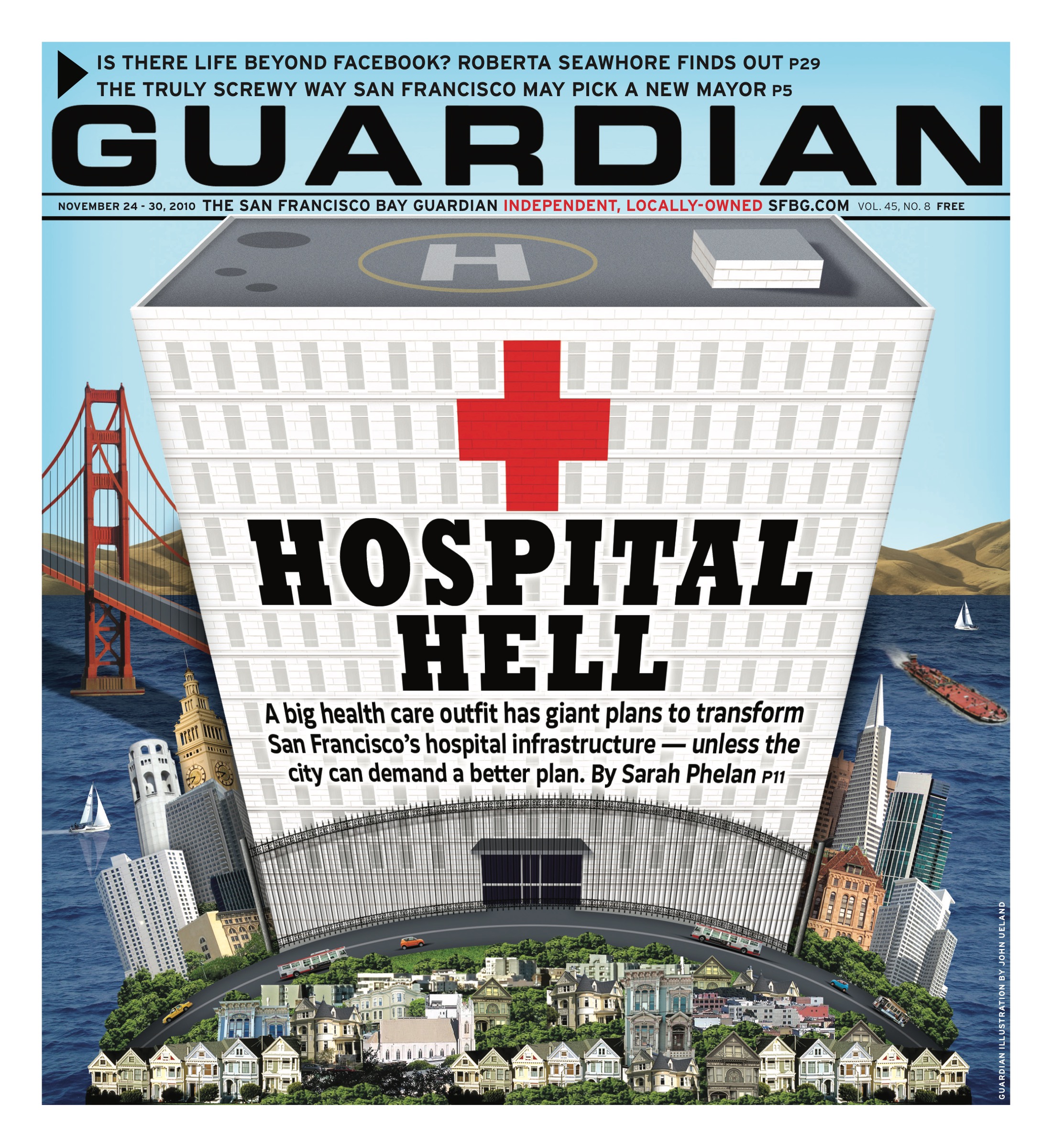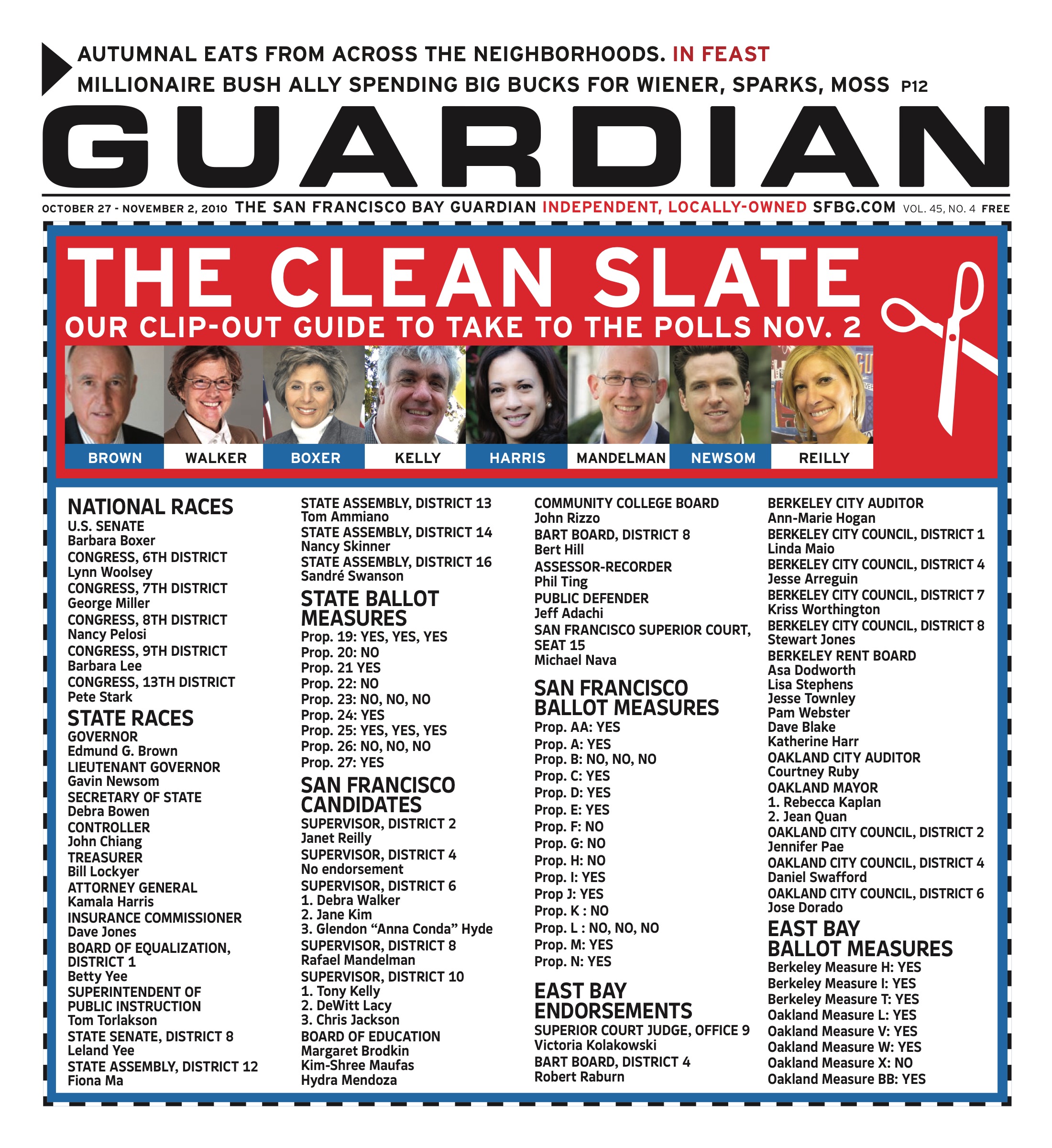emilysavage@sfbg.com
MUSIC Hermann Hesse’s 1930 novel Narcissus and Goldmund is, more or less, the story of man who wanders Medieval Germany after leaving the monastery in search of the meaning of life. He finds organic pleasures like art and the empowering touch of beautiful women. Eventually given the choice of joining an artists guild, he bows out, instead favoring the freedom of the road less traveled.
“[The book] talks about his travails, breaking away from conformity and living life like a gypsy,” says Shane McKillop, bassist of Santa Barbara, Calif. band Gardens &Villa, as the van curves through the New Jersey Turnpike midway through a U.S. tour.
The book — which was passed to McKillop by Gardens & Villa’s enigmatic guitarist/flute-dabbling lead singer Chris Lynch (the flute can be heard on tracks such as “Orange Blossoms”) — inspired the band’s song “Spacetime” off its self-titled debut LP (Secretly Canadian, 2011). The song, which stretches Lynch’s distinctive yet malleable vocals high and wide, brings to mind flickering psychedelic images of star-filled skies, inkblot tests, bearded wizards, ghostly creatures, turbaned swamis — but that might just be due to the track’s mind-blowing video.
“There’s a line in the song ‘You found a reason to abandon the monastic life /I found a lover who would always elevate my mind’ — it’s living the life of art and experiencing women who are really powerful,” says McKillop. “When you have those moments in life that give you that awakening that there’s something more than you thought there was.”
With mystic musings and springy synths, the song is at once organic and synthetic, like Gardens & Villa itself. The band’s name plays on the street name (Villa) where McKillop, Lynch, drummer Levi Hayden, and keyboardist Adam Rasmussen once shared a rambling 1920s Westside Santa Barbara house and studio, paired with the crop-share the musicians inspired with their own lush garden (Gardens) — where they grew “sunflowers and corn and peppers and kale.” Sounds real hippie-like.
Yet despite the idyllic, breezy So Cal. tableau, there’s a tripped out, wide-eyed darkness lurking in the band’s sound on tracks such as “Black Hills”; this is perhaps due in part to the tweaked synthesizers Rasmussen employs, or the wobbly tape-delay tricks by newest member, Dusty Ineman, who was brought in to supplement the “bells and whistles” the album’s producer, Richard Swift, added
The band recorded with Swift (The Mynabirds, Stereolab’s Laetitia Sadier) last summer after driving up to his home in the small town of Cottage Grove, Oregon. They spent two weeks living in tents in Swift’s backyard “amongst chickens, but no showers,” McKillop laughs, adding “It was June, the perfect time to be in Oregon.”
While the album was lauded by the taste-makers that be, and Gardens & Villa is in the midst of a rather momentous season — currently on yet another U.S. tour, about to kick off its first ever tour through Europe — it still seems a band in transition, not yet ready to simply settle with the sound it’s cultivated. In the van they’ve been listening to the audiobook of Keith Richards autobiography, Life, which has been drawing McKillop to the roots of rock and roll, and blues, but they also have been watching the pavement fly by listening to Little Dragon’s latest, Ritual Union.
“I’m a huge Little Dragon fan, their new record has more organic synthesizers — organic meaning real transistors. Real old school equipment in a modern setting sounds so much more warm, there’s a lot of equipment nowadays that’s very flat, not really three-dimensional,” says McKillop.
He and the rest of the band were awestruck by the vintage equipment they got to mess with during their Daytrotter Session — vintage Fender Rhodes keyboards and the like. Explains McKillop, “Just more ’60s, ’70s tones mixed in with newer technology is what we’re hoping for once get a little more money to buy these things.”
And so the van keeps on rolling.
GARDENS & VILLA
With Young Man and Waterstrider
Thurs/13, 9 p.m., $10
Bottom of the Hill
1233 17th St, SF
(415) 621-4455

